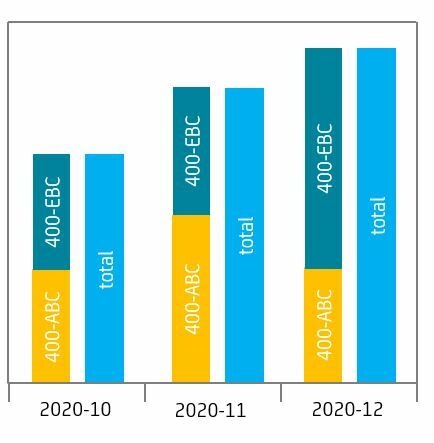Hey everyone,
I am looking for a solution for the following issue. I have a bundle of 5 different activities. I need to know the count of cases for every activity.
The Problem is that more of one of the bundled activities can occur in one case. Therefore I would like to count only the last occurred activity in the bundle. The required activities can occur somewhere in the process flow.
Example picture attached.
bundle953551 57.8 KB
Is there someone who can help me to solve this problem?




 We tryed a lot of different variants with PU_LAST/PU_COUNT. Our main issue is that the total number and the stacked number differentiate.
We tryed a lot of different variants with PU_LAST/PU_COUNT. Our main issue is that the total number and the stacked number differentiate.